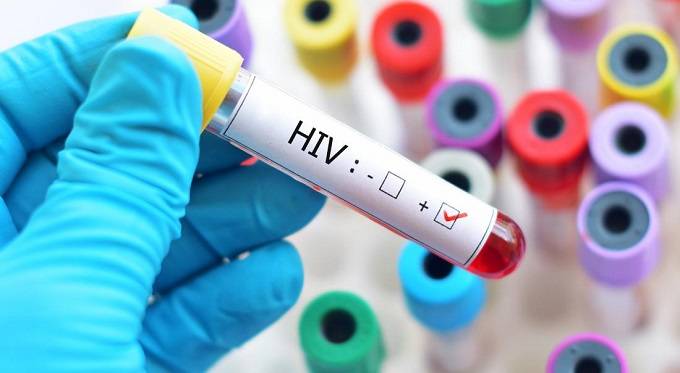HIV stigma still causing deaths

Thandeka Moyo, Health Reporter
STIGMA against HIV is still causing many deaths as people try to hide the condition instead of seeking treatment.
Statistics from the World Health Organisation (WHO) released on World Aids Day show that that 71 percent of new infections emanate from adolescents aged from 15-24.
Defined as an act of treating someone with disgrace or unfairly due to their condition, WHO said stigma was making it difficult to end HIV despite numerous prevention methods.
It is noted in the report that despite numerous campaigns, stigma still remains in a majority of societies and continues to cause HIV related deaths.
Last Saturday Zimbabwe joined the rest of the world in marking the 30th anniversary of World Aids Day – a day set aside to raise awareness about HIV and the resulting Aids epidemic.
According to the statement, 35 million people have died worldwide since the epidemic was discovered in the early 1980s.
“One of the biggest challenges in the HIV response has remained unchanged for 30 years. HIV disproportionally affects people in vulnerable populations that are often highly marginalised and stigmatised,” read the report.
“Thus, most new HIV infections and deaths are seen in places where certain higher-risk groups remain unaware, underserved or neglected.”
Zimbabwe according to experts is recording 250 new HIV infections weekly fuelled by adolescent girls, a development which may hinder progress towards ending Aids by 2030.
WHO report also showed that most new infections in other countries outside Africa are in men who have sex with men, people who inject drugs, people in prisons, sex workers, or transgender people, or the sexual partners of these individuals.
“These are groups who are often discriminated against and excluded from health services.
“HIV continues to disproportionately affect adolescents and young people in many countries. In almost all countries where HIV affects many groups like in Zimbabwe, young women aged 15 to 24 years are three to five times more likely than their male counterparts to have HIV,” read the same report.
WHO said since the beginning of the epidemic, more than 70 million people have acquired the infection and today around 37 million worldwide live with HIV, of whom 22 million are on treatment.
Zimbabwe, which has the fifth highest HIV prevalence rate in Africa, is together with other highly burdened countries aiming to reduce new infections to 500 000 annually by 2020.
— @thamamoe.












Comments